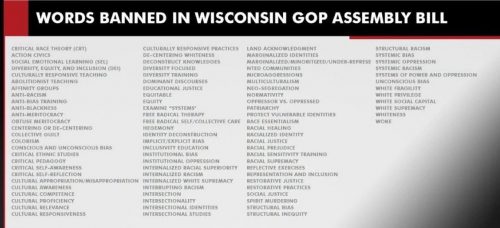Jennifer Gosar, sister to the demented fascist Paul Gosar, condemns his behavior and asks how we can sit back and watch him promote racism and genocide.
"I am absolutely beyond aghast at how much this man has gotten away with," Jennifer Gosar, Rep. Paul Gosar's sister, tells @Lawrence.
Watch more: https://t.co/SfD1gShFEf pic.twitter.com/7hO7vomtOk
— MSNBC (@MSNBC) November 9, 2021
Good questions. And yet he was elected. The rot goes deep.









